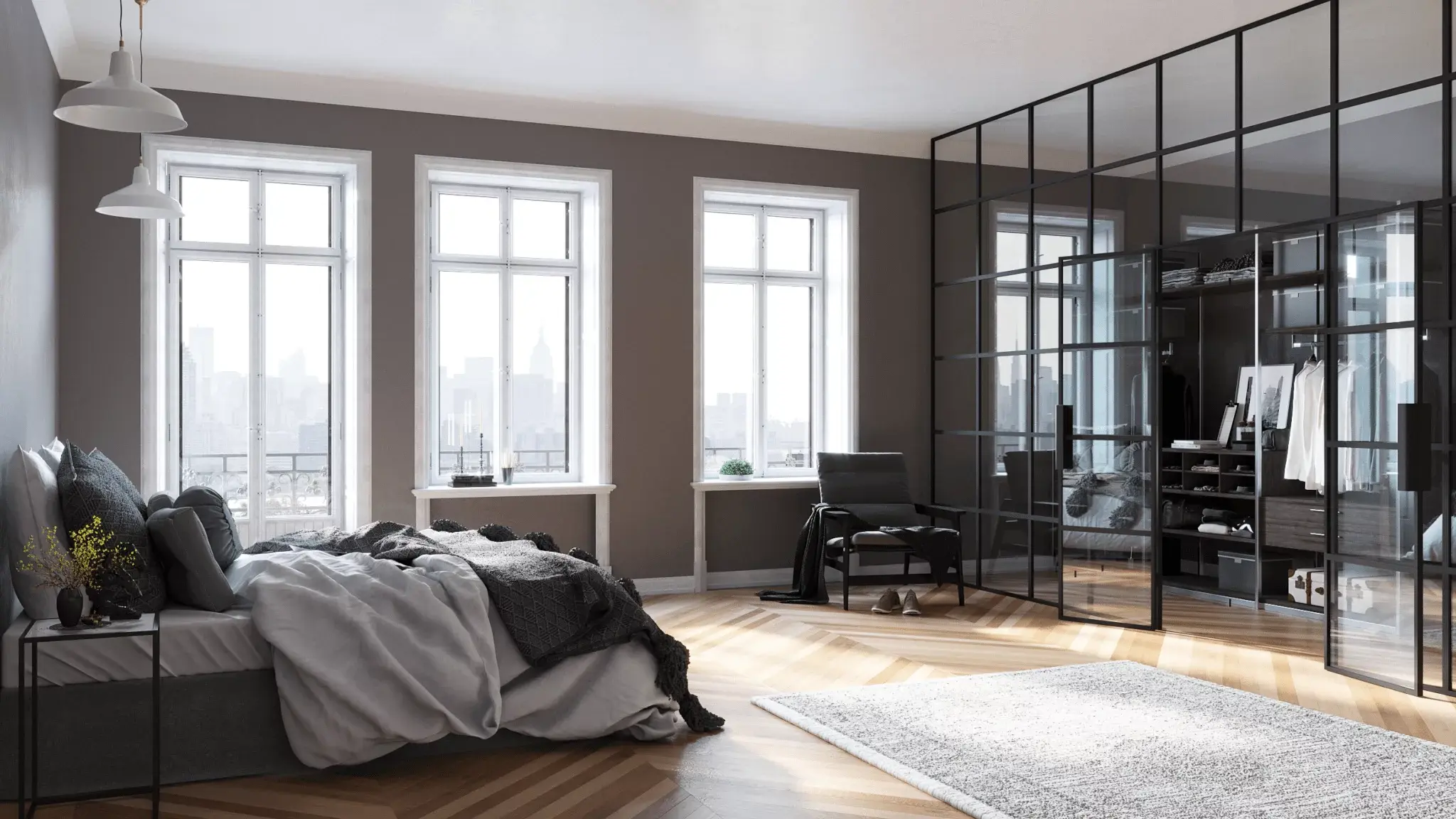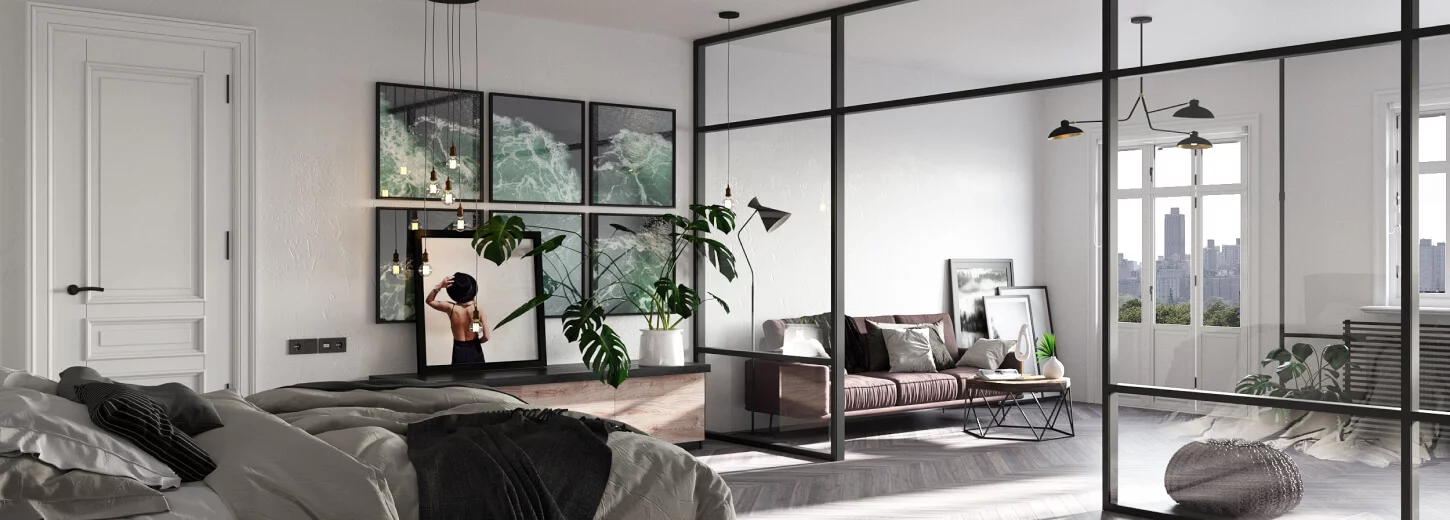Does It Cost a Fortune to Make a Frameless Glass Pocket Door Slide Smoothly?
Pocket doors are a perfect solution for master closets, half baths, mudrooms, or any tight spaces that do not have the luxury of using a swing door. Pocket doors save wall and floor space for other uses.
However, these space savers have a few weak spots. Like all sliding doors, if improperly installed they may jump, jerk, or get stuck when you try to close or open them. And they can cost a lot, especially if they are installed into an existing wall or require demolishing a wall for maintenance. When it comes to frameless glass pocket doors, these weak spots may get even weaker, unless you know a trick.
The trick to frameless glass pocket doors
Ideally, glass pocket doors should have framed panels for a better connection with their roller system, which allows for smooth operation for years. All you need in this case is good hardware and a frame, as well as a professional carpenter that will install the door properly from the first.
Still, sometimes frameless glass pocket doors are used for aesthetic purposes: without the frame they may look lighter; and there is a wide range of finishes available, which makes such doors easy to match with almost any interior.
The disadvantage of this choice is that frameless glass pocket doors usually require more attention than other types of pocket doors. Glass is a fragile material, which is harder to secure properly since, instead of screws used for framed panels, you have to use glass grips to attach the frameless glass pane to the roller system. Additionally, such a door may need more frequent adjustments, especially after impacts.
When installing a pocket door, keep adjustment in mind
When you need to fix a common sliding door problem, usually you have to start by removing the door from its track.
If you have a single frameless glass pocket door, you may need to remove the wall surrounding the pocket door frame. This is because the door panel has to be a little larger than the doorway so that there are no gaps when the door is closed. And this makes it impossible to remove a single door without opening the wall first.
The solution is to install a double pocket door from the beginning, even if it seems that a single door will work well. Of course, this option is a little more expensive at the initial stage, but it is optimal in the long run.
When fixing a common problem that may require removing the door, all you will have to do is remove the door stopper(s). This will allow you to hide one of the panels deep into the wall and easily remove the other panel. After that, you will be able to remove the remaining panel as well — all without demolishing the wall.
Thus, when it comes to frameless glass pocket doors, two panels are always better than one: it will save you money and time on future door maintenance, where just one would be rather costly.














